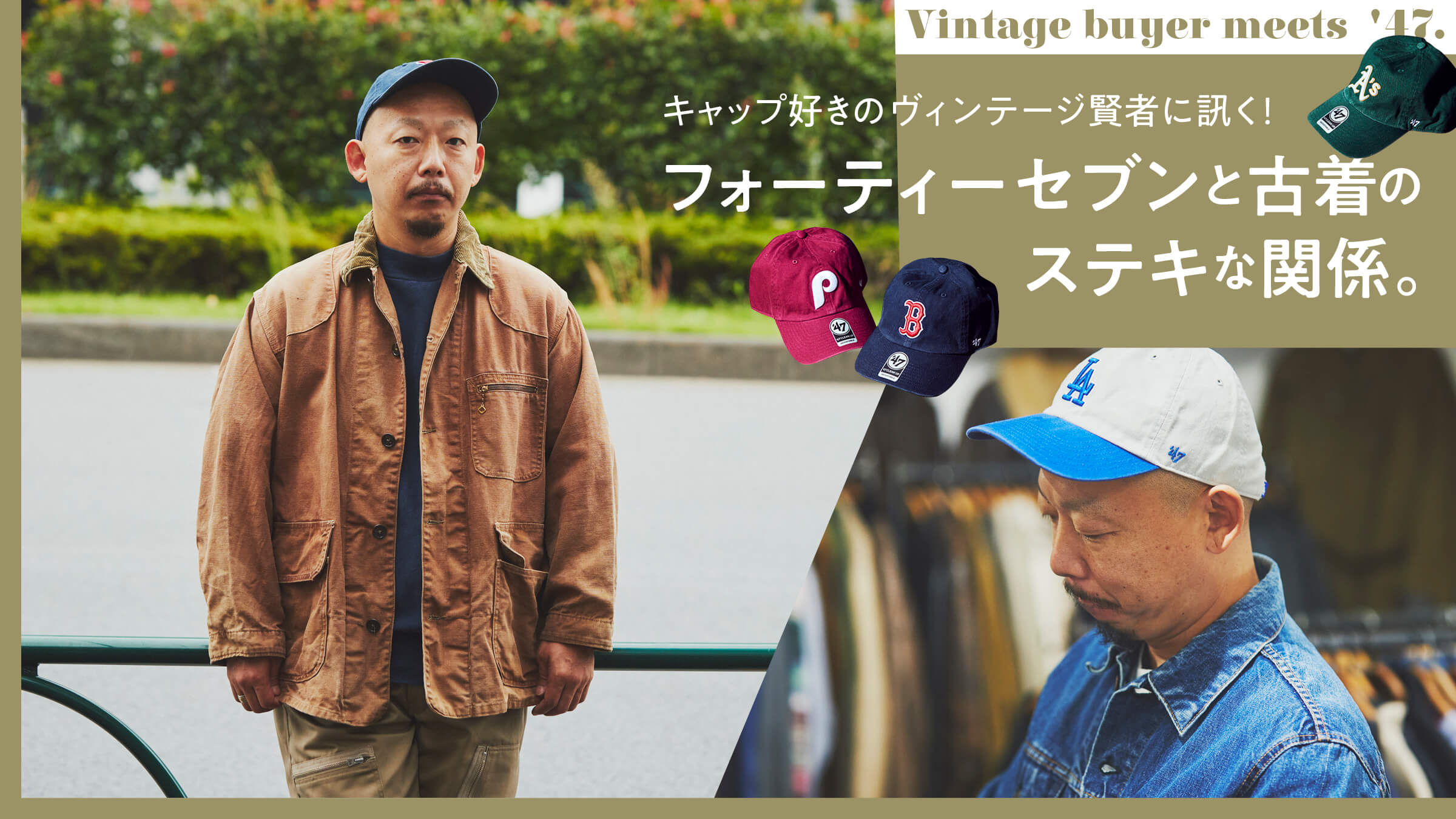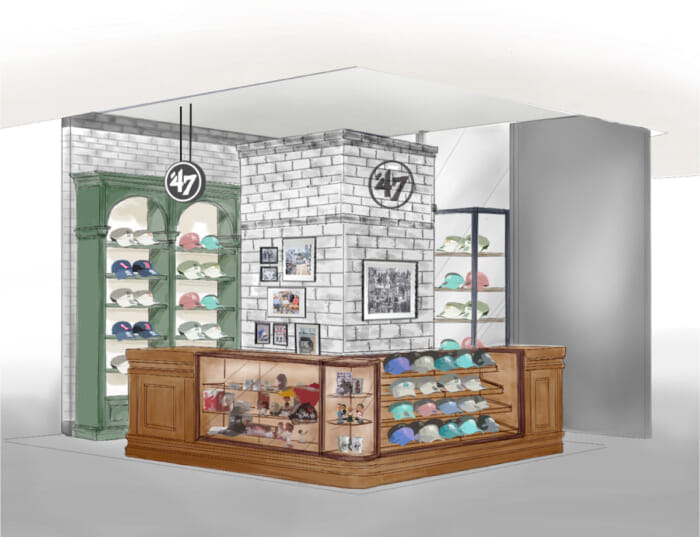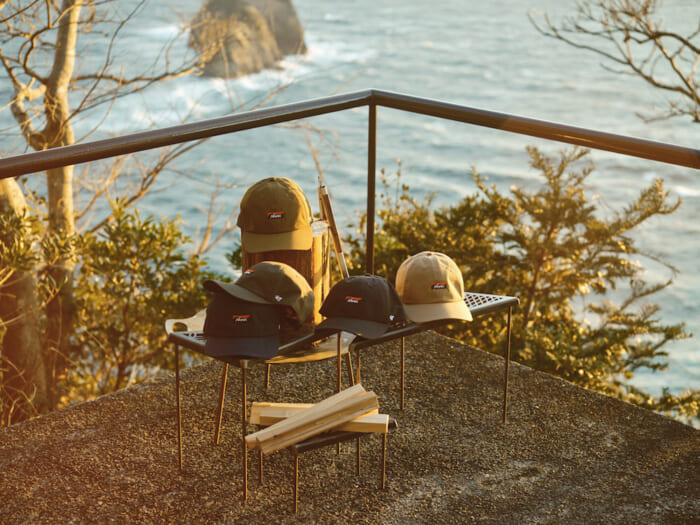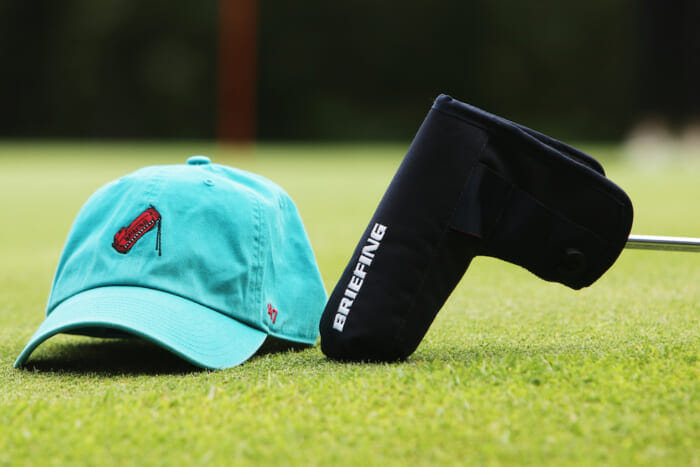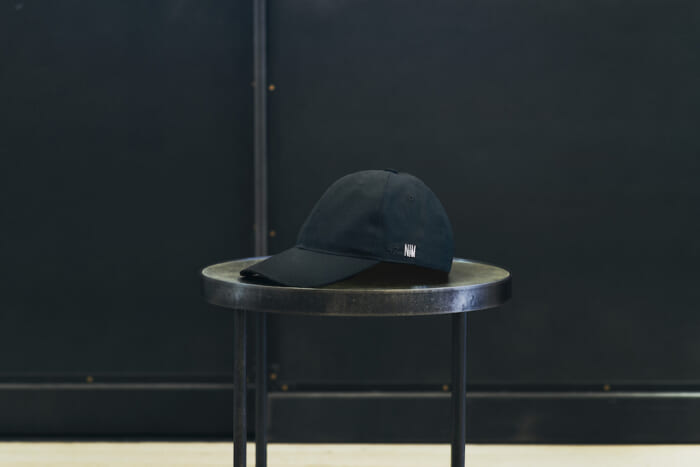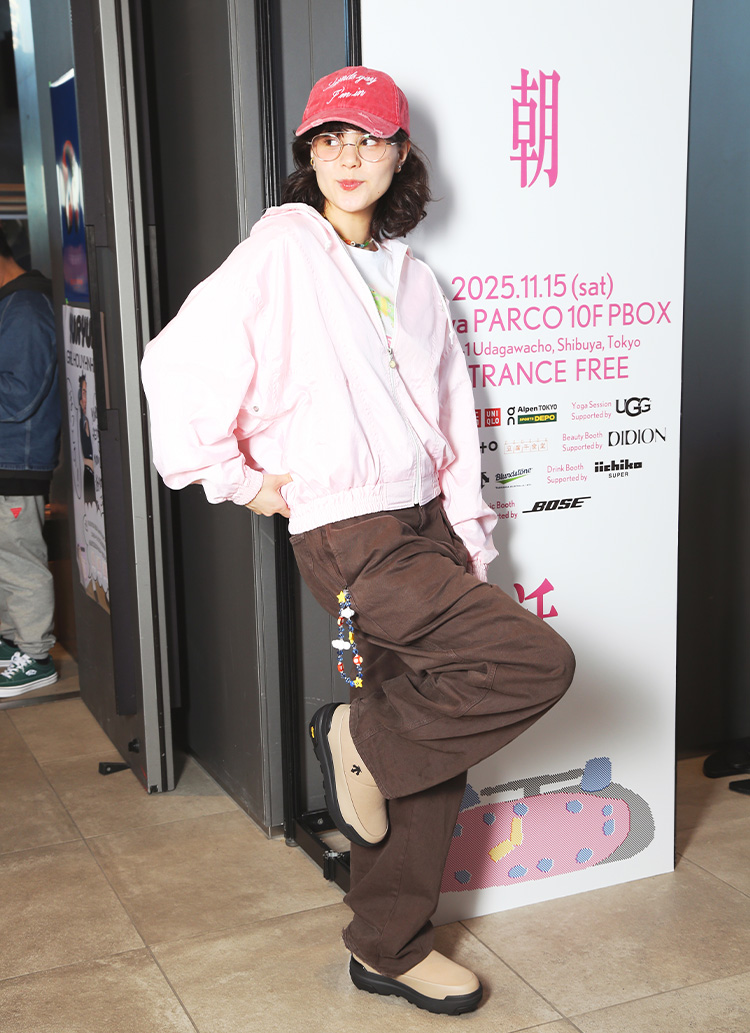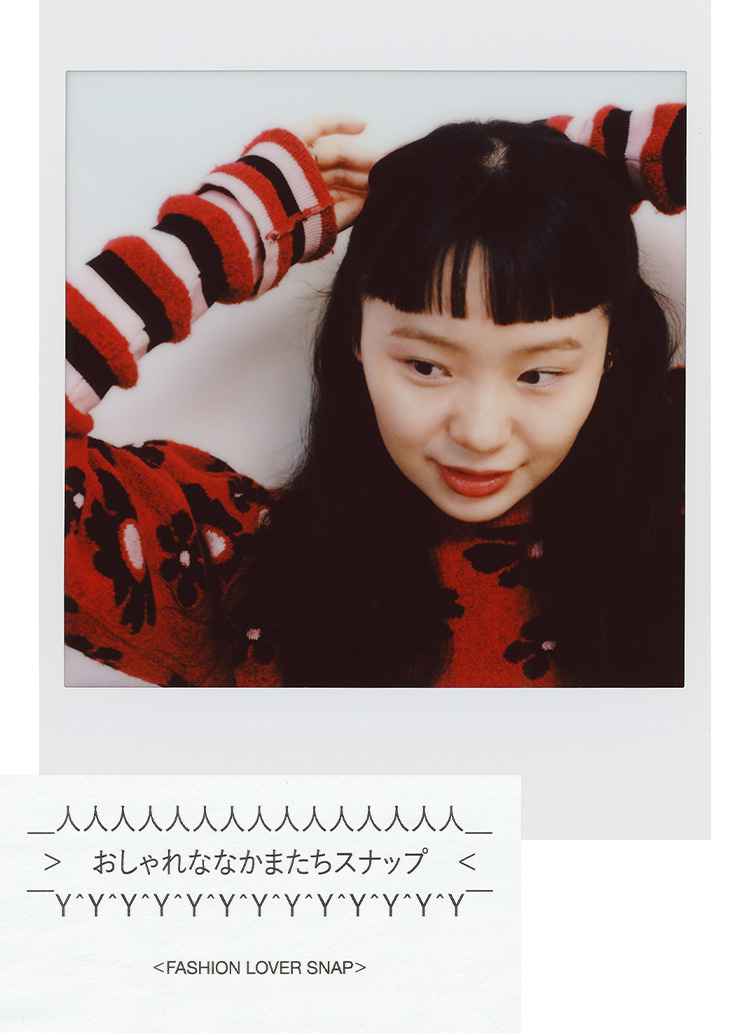An ideal item, difficult to find in vintage.

Compared to clothing and shoes, there are fewer opportunities to feature vintage caps, aren't there?
There are no obvious detail differences between old and new, most brands are not made in the U.S. after roughly the '80s, and there are no criteria for judging vintage. The only thing that has an established value is a really old baseball cap made of wool.
In addition, there is the issue of size. Americans have small heads, so it is difficult to fit Japanese people in vintage clothing. In particular, the professional type does not have an adjuster for size adjustment, so there are not many sizes that fit Japanese people in vintage clothing.

In addition, they are not items that are treated with care, and it is common for them to be worn for years and years on end on a daily basis in all kinds of situations, and never washed. There is no timing when they are no longer needed, and there is no time to replace or discard them, so they are thoroughly used up and it is difficult to find good condition pieces. It is difficult to collect good items.
I think "'47 CLEAN UP" is exactly the item that goes along with it. The size can be adjusted with an adjuster, and the washed cotton fabric gives it a vintage-like feel. Caps with these ideal points are rarely found even if you look for them secondhand. It goes well with old clothes, and the shallow classic style is also my favorite. And, coincidentally, the "clean" connection with "Mr. Clean" gives me a sense of personal kinship (laugh).


In their home country, fan caps are sold as souvenirs and cheerleading items rather than as fashion items.
Vintage clothing, whether it is work, military, outdoor, or miscellaneous, is essentially a tool or equipment, and many items are not originally fashion items. Many vintage fans, including myself, and men in particular, are attracted to this, and I think this is one of the interesting aspects of American casual wear.
The brand also has a fascinating story, such as its family-owned business, which is becoming rare in the U.S. today, and its history of development by capturing the American dream.


